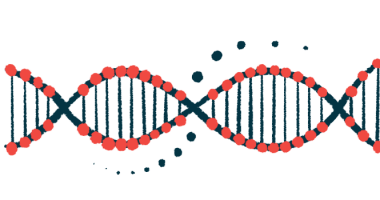Diagnosis of AADC Deficiency
Blood Tests
Blood tests, together with findings from other diagnostic tests, can help to confirm the diagnosis of AADC deficiency.
The primary blood test to diagnose AADC deficiency is the measurement of AADC enzyme activity in the plasma. In this procedure, a blood sample is collected, and the plasma is separated from blood cells. The samples may be processed immediately or frozen at –80° C for later analysis.
Dried blood spot testing, which involves blotting and drying a sample of blood on filter paper, can also be used. These samples can be easily transported, are highly stable for long periods of time, and can be subjected to several analytical tests.
Lumbar Puncture
A lumbar puncture, also known as a spinal tap, involves inserting a thin needle into the spinal cord between the lumbar bones (vertebrae of the lower back) to extract a small amount of cerebrospinal fluid (CSF) — the clear and protective watery liquid surrounding the brain and spinal cord.
Measuring the levels of neurotransmitters that include dopamine and serotonin in the CSF helps to determine whether a person has AADC deficiency. CSF analysis also helps in ruling out (or confirming) the presence of any disorder apart from AADC deficiency.
Genetic Testing
Genetic testing is one of the diagnostic tests to confirm AADC deficiency and can determine the exact molecular changes in the DDC gene that cause the disease.
In genetic testing, a sample of cells, mostly blood cells, is used to isolate DNA, which contains the DDC gene. Then, the DDC gene is sequenced using routine technologies such as Sanger or next-generation sequencing. After aligning the nucleotide sequence of a patient’s DDC gene, its sequence is matched against the sequence of the normal DDC gene to identify any deviation or variation from the normal sequence.






